LATEST INSIGHTS
Your Present Location: LATEST INSIGHTSLiu Zhiqin: China-US Trade Ties: Phase One Trade Agreement signed during Trump's first term in office assessed
Source: CGTN Published: 2025-01-25

By CGTN
Towards the latter part of Trump's first term as president, China and the US reached a Phase One Trade Agreement aimed at resolving a brewing trade dispute. The deal had far-reaching implications for both nations and the global economy. But has the deal lived up to expectations? CGTN's Cao Chufeng finds out.
It was a pivotal moment in the history of the China-US trade relationship, when Beijing and Washington signed the Phase One Trade Agreement in January 2020. The moment marked a significant step toward resolving disputes after a prolonged trade war.
DONG YAN Director, International Trade Department, Institute of World Economics and Politics, Chinese Academy of Social Sciences "The agreement temporarily ended the intense tariff conflicts in the U.S.-China trade war at that time. At the same time, it established a comprehensive framework for U.S.-China cooperation, laying the foundation for orderly development in the future."
The agreement outlined structural reforms and changes to economic and trade practices in areas like intellectual property, technology transfers, financial services and agriculture. China also committed to making additional purchases of US goods and services, while the US said it would gradually lower tariffs on certain Chinese goods. Experts say the agreement has led to some positive outcomes.
LIU ZHIQIN Senior Fellow, Chongyang Institute for Financial Studies, Renmin University of China "In the past two years, we've seen that China-U.S. trade has not decreased but rather increased. Although there are still ongoing tensions in many sensitive areas or industries, the disputes in most ordinary sectors have eased."
DONG YAN Director, International Trade Department, Institute of World Economics and Politics, Chinese Academy of Social Sciences "In recent years, China has made tangible achievements in areas like intellectual property enforcement and legislation. And financial reforms have been actively advanced. Overall, China has been proactive in fulfilling its commitments."
But there are still areas where the agreement has not been fully implemented. China only met around 60-percent of its targeted imports from the US, as outlined for the two-year period from the beginning of 2020 to the end of 2021.
DONG YAN Director, International Trade Department, Institute of World Economics and Politics, Chinese Academy of Social Sciences "This is due to the market supply side. The US market supply capacity has been affected by the pandemic, economic stagnation, and other factors. In terms of services, the pandemic has constrained sectors like tourism and education services."
As for the US, tariffs were not reduced for as many Chinese imports as initially planned.
LIU ZHIQIN Senior Fellow, Chongyang Institute for Financial Studies, Renmin University of China "Overall, the plan was to reduce tariffs on 550 billion US dollars worth of imports from China. However, in my opinion about half of this was not implemented as planned. This was due to changes in the international landscape at the time, including geopolitical shifts and conflicts."
Despite some of the agreement remaining unfulfilled, the signing of it shows both nations were willing to seek a stable China-US trade relationship. And many argue there's still potential to build a more balanced and sustainable partnership, if the two nations continue to honor the agreement.
CAO CHUFENG Beijing "The trade relationship between China and the US is one of the most significant in the world. It not only impacts the economies of both nations but also shapes global trade dynamics. That's why many experts stress the importance of maintaining strong economic ties between the two countries. And the key to that? Dialogue and negotiation, not tariffs or decoupling. Cao Chufeng, CGTN, Beijing."
Key Words: Liu Zhiqin, RDCY, China-US Trade Ties, Trump











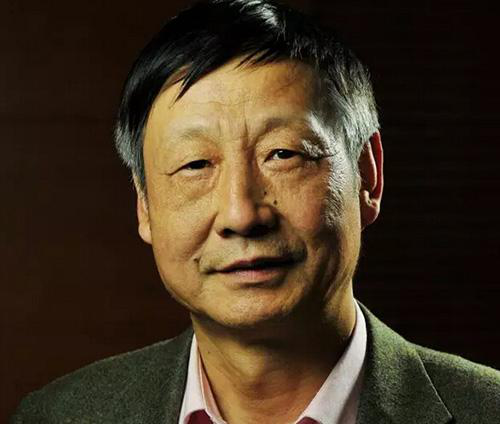
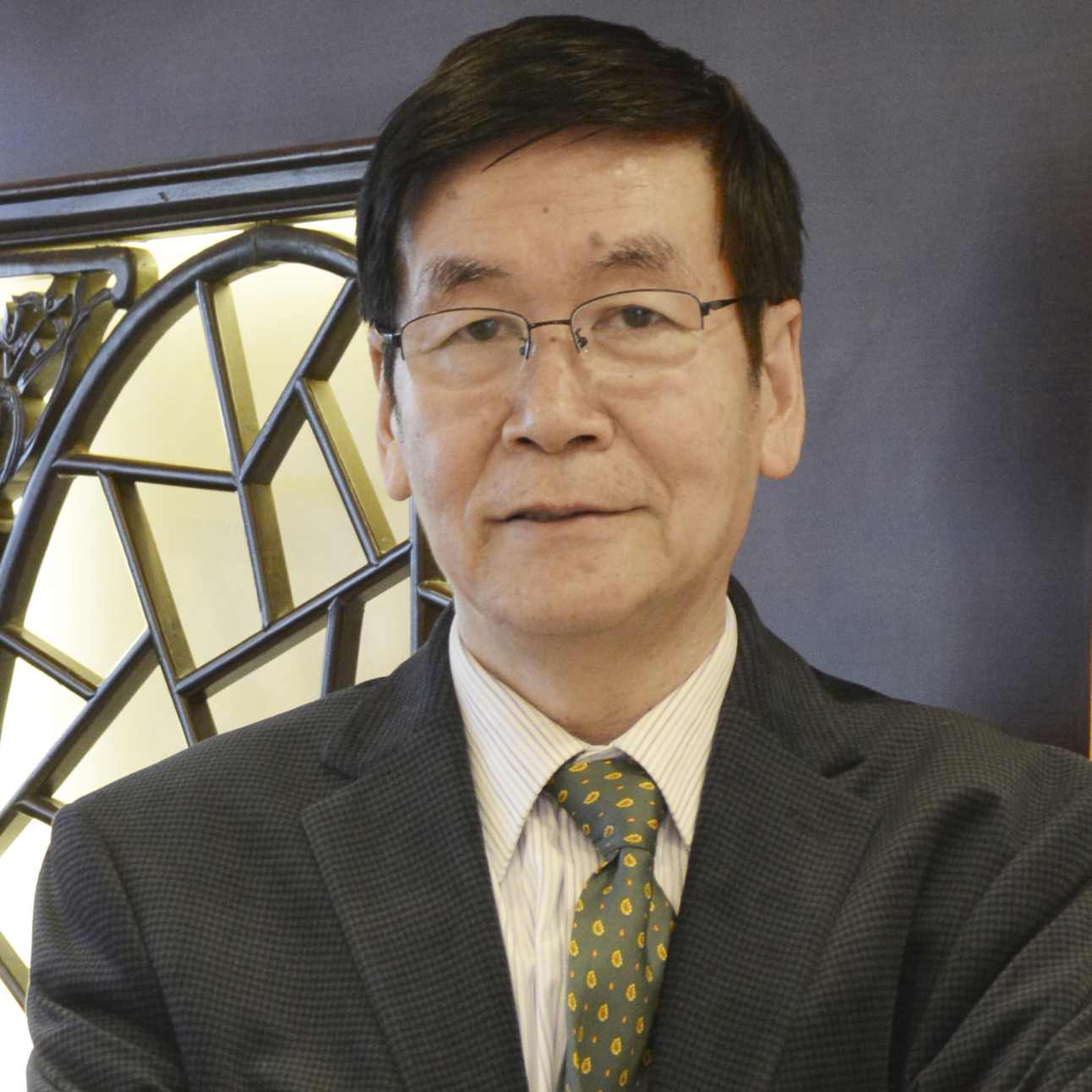





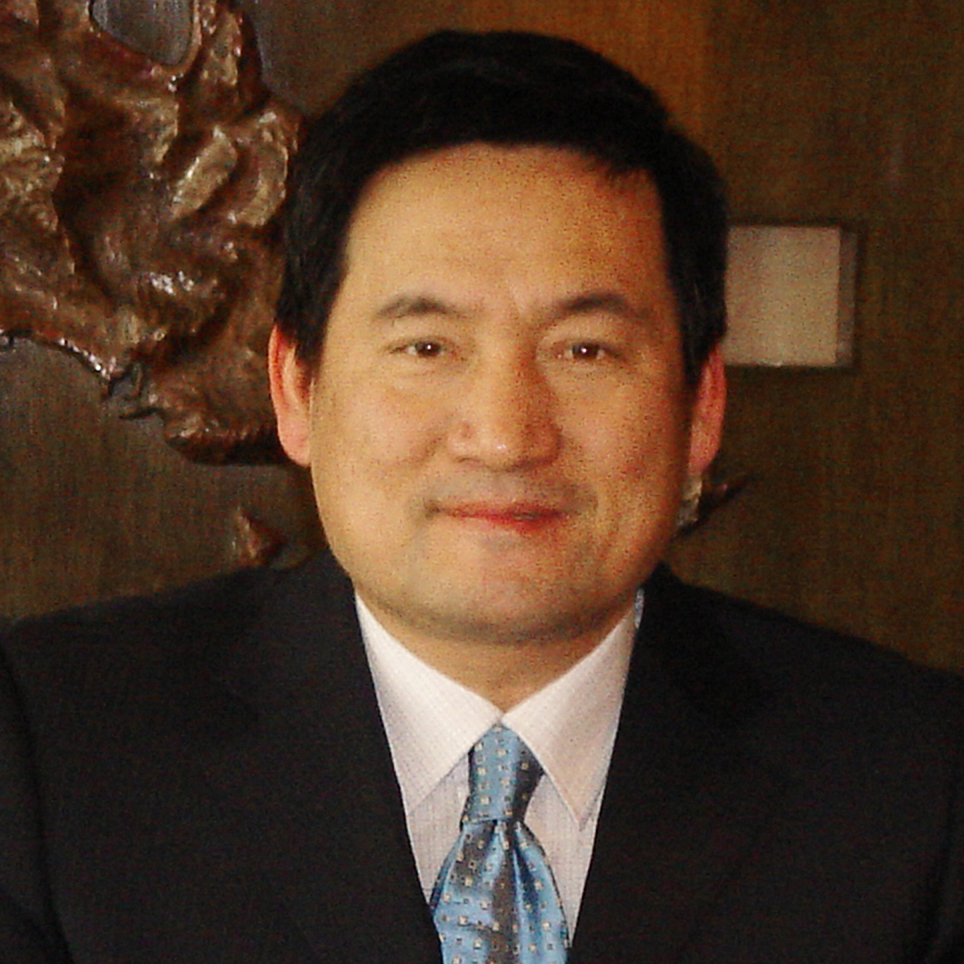








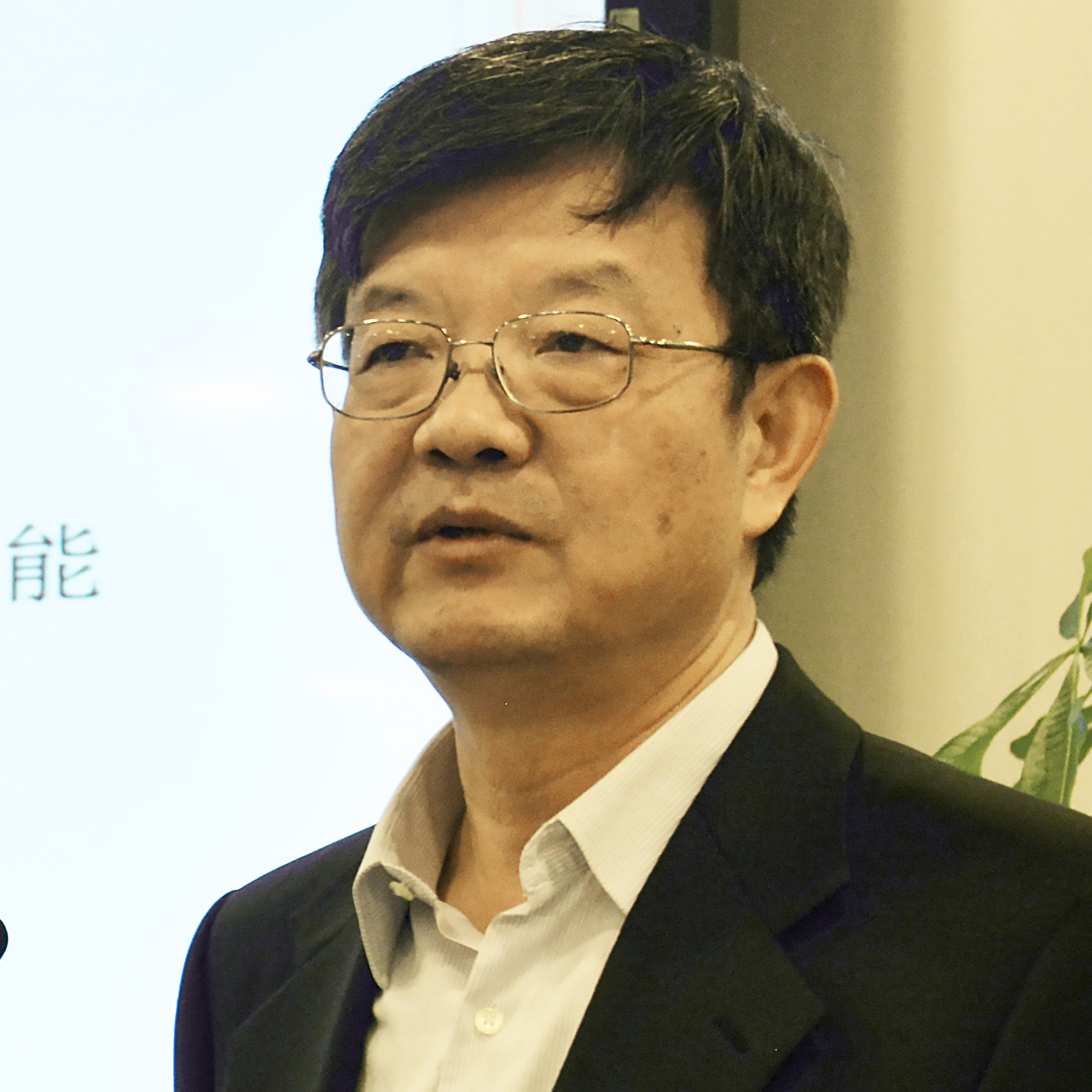





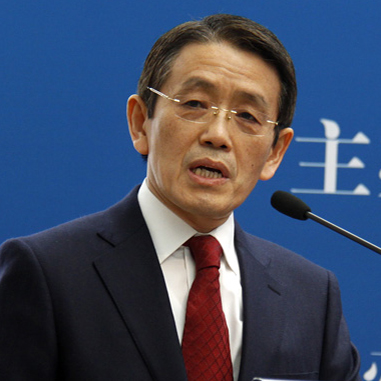












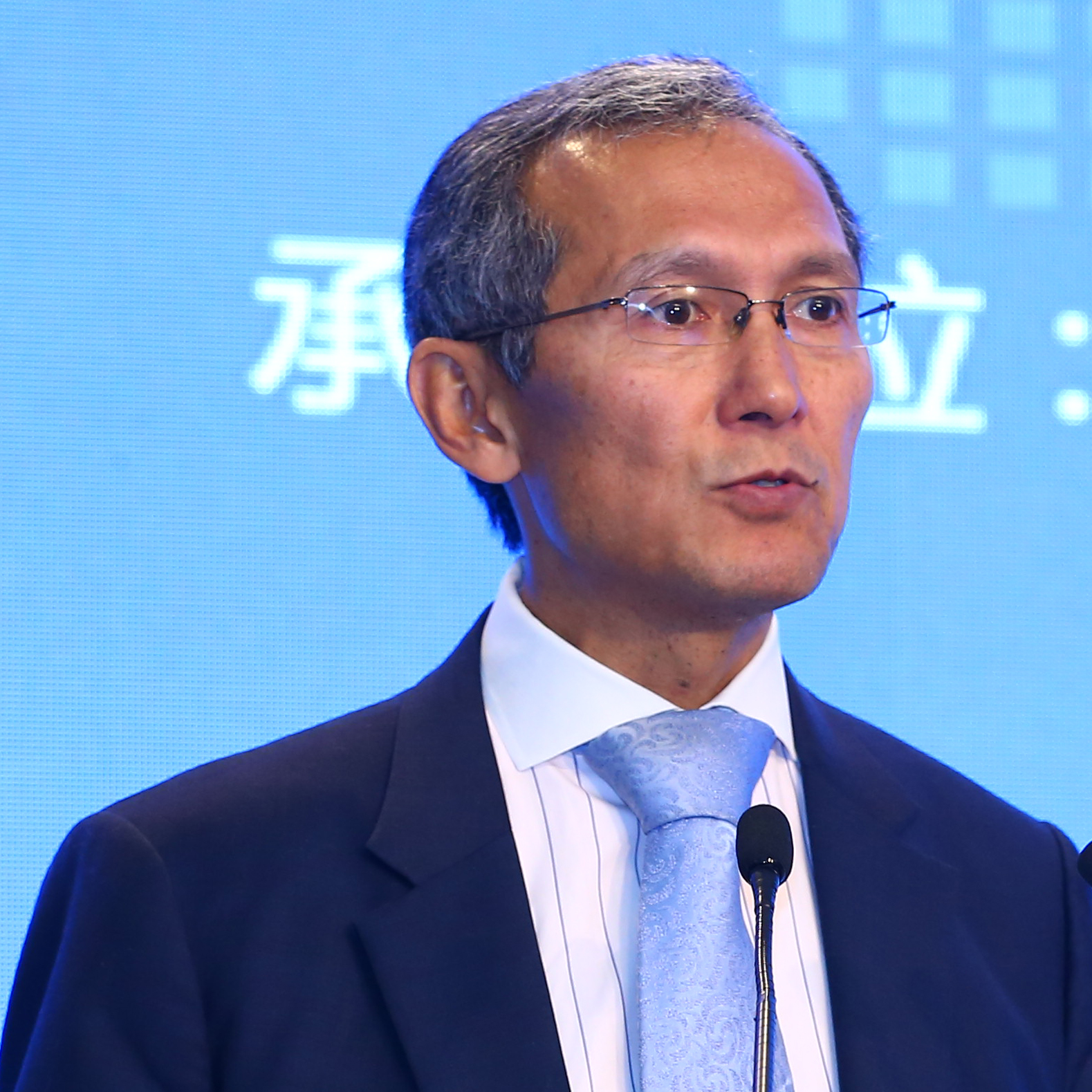

















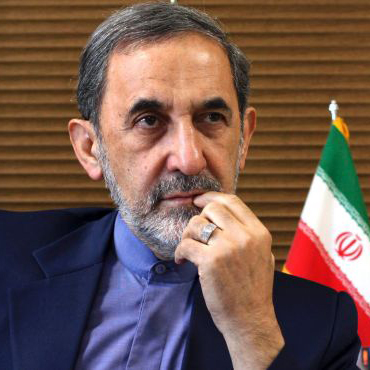





















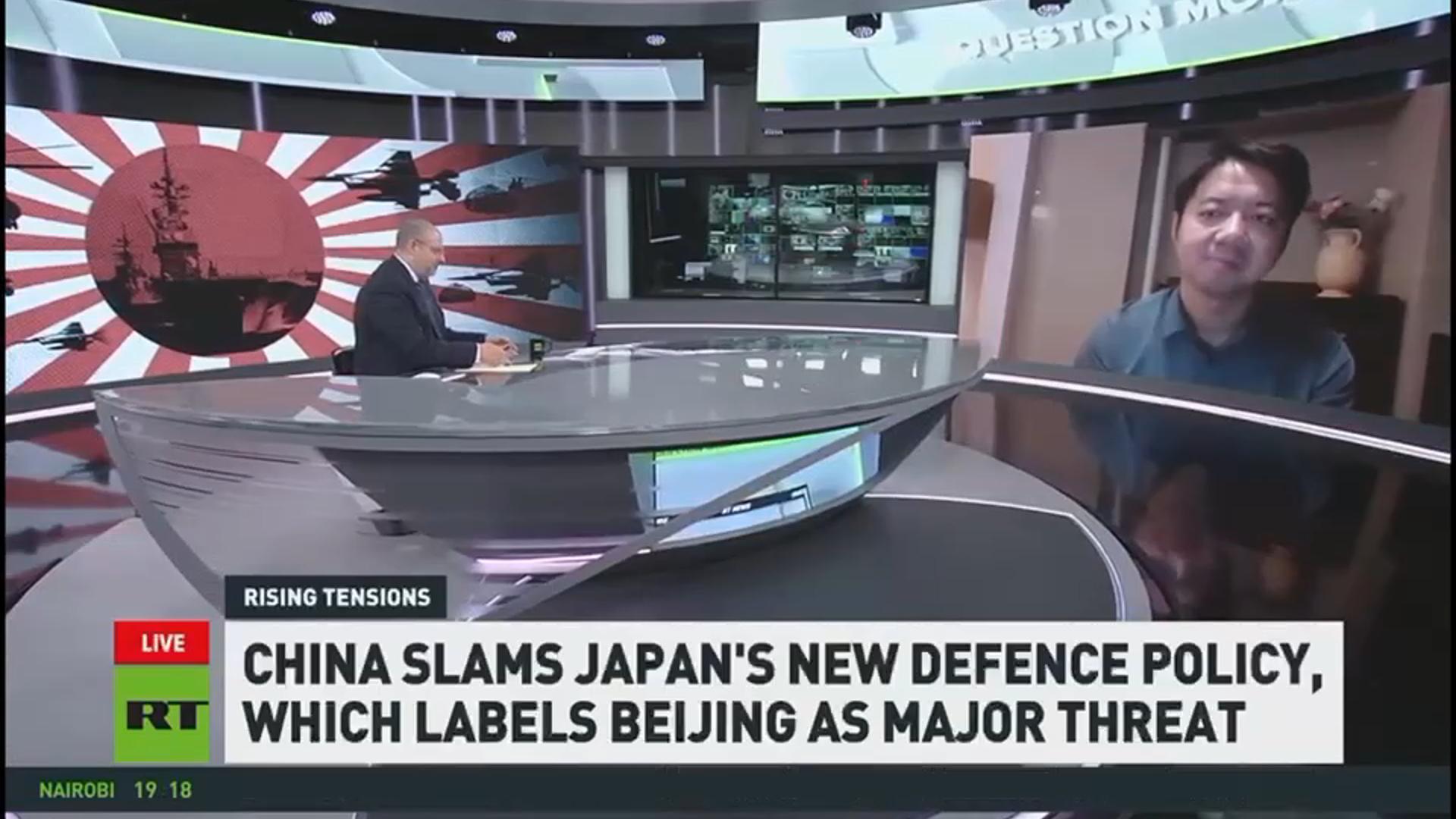
 京公网安备 11010802037854号
京公网安备 11010802037854号





